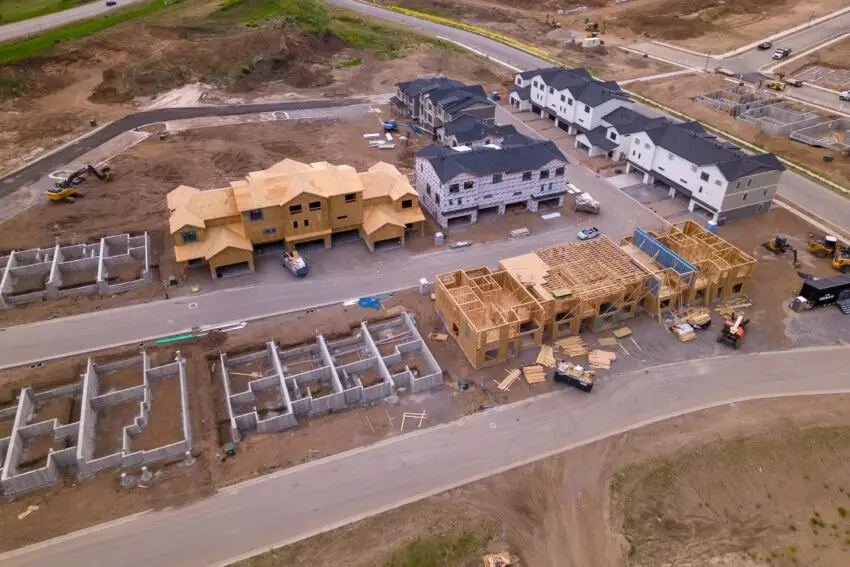Ministers are considering a cap on landowners’ profits from green belt sales to hit housing targets.
The UK government is consulting on changes that could force councils to purchase land at lower values. These measures aim to deliver 1.5 million homes by 2030.
Government’s New Proposal
The proposed reforms would empower councils to compulsorily purchase green belt land at a lower “benchmark” value. This could significantly curb landowners’ profits on previously ineligible development sites.
Currently, landowners might make substantial profits from selling green belt land. By capping these profits, the government aims to address the housing shortage while maintaining a balance in land value and development potential.
Housing Targets and Building Plans
Experts warn that meeting the UK’s housing targets will likely require development on both “grey belt” and greenfield sites. This is due to the expansive nature of housing needs.
The green belt, spanning over 6,300 square miles and covering around 13% of England, was originally set up to prevent urban sprawl. Some areas have already been developed, pushing the need to reconsider land utilisation.
New Policy Changes
The government is also consulting on changes to the National Planning Policy Framework (NPPF). This would mandate councils to identify adequate land to satisfy housing needs.
Under the new system, councils could acquire land at a benchmark value if landowners refuse to sell. This value is lower than the market value of non-green belt sites, designed to prevent inflated prices.
Compulsory purchase orders (CPOs) will be utilised, with compensation based on the land’s current use rather than its potential development value.
Critics and Concerns
Critics argue these measures might lead to the development of greenfield sites instead of focusing on brownfield areas. While the government advocates a “brownfield-first” approach, vague definitions of “grey belt” could widen greenfield development.
Planning consultancy senior director Matthew Spry commented that many local authorities might struggle to meet their housing targets without resorting to greenfield development in the green belt.
“The reality is that this will require building on land regarded as greenfield, not just brownfield land in the green belt,” said Spry.
Backlash from Landowners
Industry sources express concerns over potential backlash from landowners. Capping land prices below market value might discourage land sales, delaying development.
A senior figure pointed out that while CPOs could be used, they are often time-consuming and bureaucratic, possibly hindering the achievement of housing goals within the set timeframe.
“CPOs are complex and bureaucratic, potentially delaying the much-needed housing development process,” the senior figure noted.
Environmental and Community Impact
Countryside charity CPRE raised further worries about the potential for landowners to degrade their green belt sites to make them eligible for development under the new rules.
Planning policy manager Lizzie Bundred Woodward mentioned concerns about “grey belt” definitions, possibly including greenfield land. “We are concerned that the ‘grey belt’ could ultimately include greenfield sites,” Woodward said.
The Ministry of Housing, Communities and Local Government responded by reiterating its commitment to preserving the green belt and prioritising brownfield land for development.
Government’s Response
A government representative stated, “We will reform the compulsory purchase process to remove inflated land values and ensure fair compensation…
We will also use lower quality ‘grey belt’ land and introduce ‘golden rules’ to ensure development benefits both communities and nature.” The representative added.
As the government navigates the complex challenge of balancing housing needs with land preservation, these reforms could transform how green belt land is managed and developed.
Balancing housing needs with land preservation is no easy task. The proposed reforms could change how green belt land is managed.
If successful, they might pave the way for a transformative approach to housing development, ensuring fair land values and meeting the UK’s housing needs.


